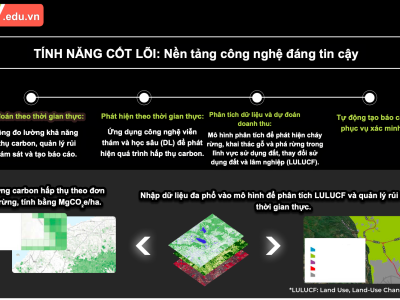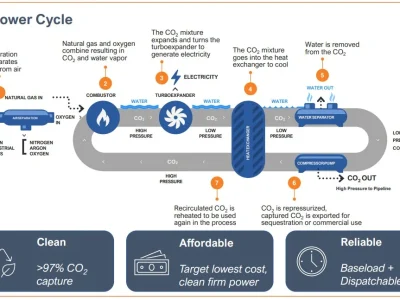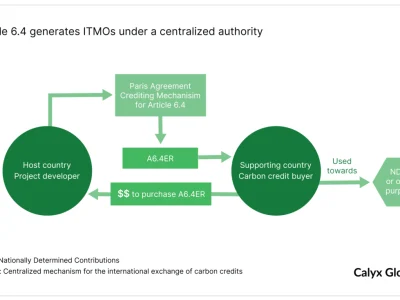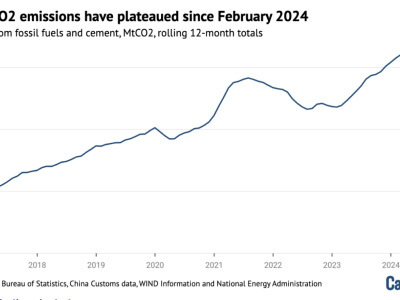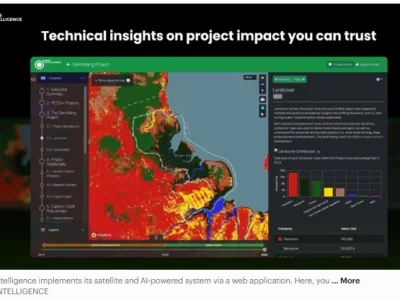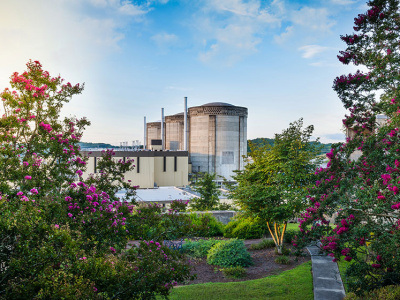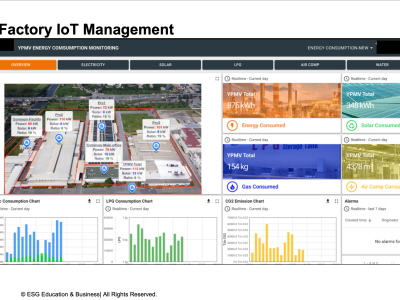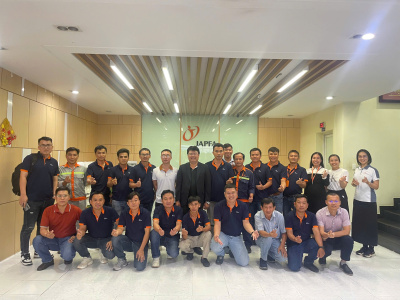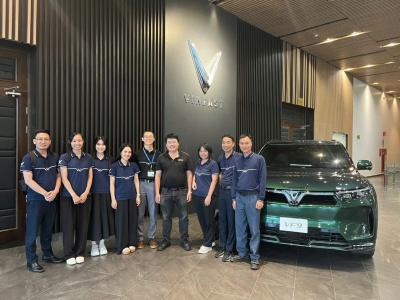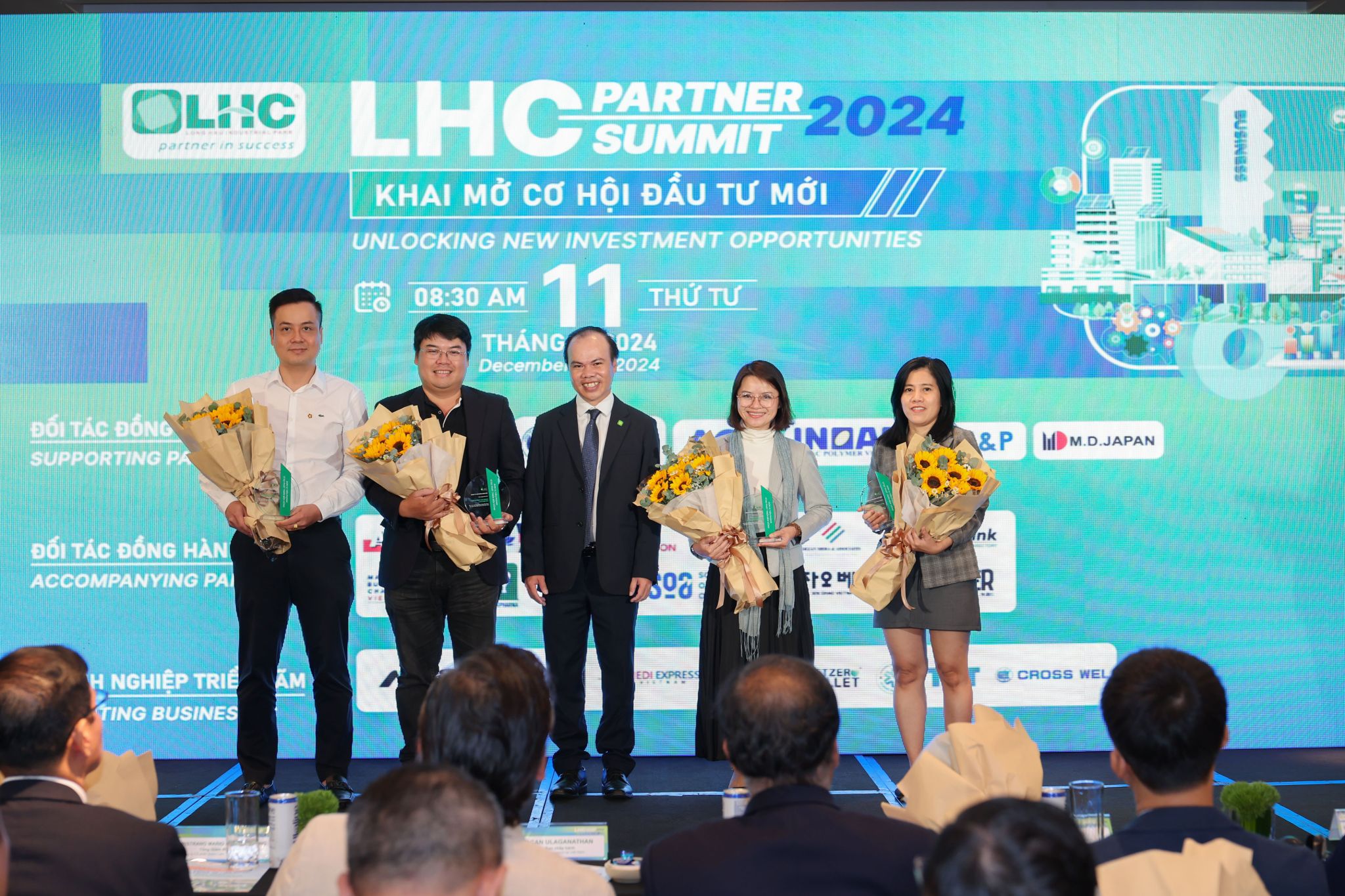 Chuong trinh dao tao
Chuong trinh dao tao
Rethinking Type 2 Waste: Toward Safer, Higher-Value Alternatives
Type 2 waste refers to fresh animal and poultry manure—a resource that, when handled correctly, holds considerable potential for circular agriculture. However, Level 3 composting is not the appropriate transformation method for this waste stream. Studies show that converting manure via black soldier fly (BSF) larvae results in substantially lower greenhouse gas (GHG) emissions compared to traditional composting. Specifically:
- BSF treatment emits 70% less carbon-based GHGs than aerobic composting (A Comparison of the Greenhouse Gas Production of BSF Larvae vs. Aerobic Microbial Decomposition).
- Another study reports that direct CO₂-equivalent emissions from BSF treatment are 47 times lower than those from composting (BSF Biowaste Treatment – Assessment of Global Warming Potential).
Beyond emissions reduction, BSF larvae, red worms, and Level 2 vermicompost offer much greater economic and agricultural value than compost.
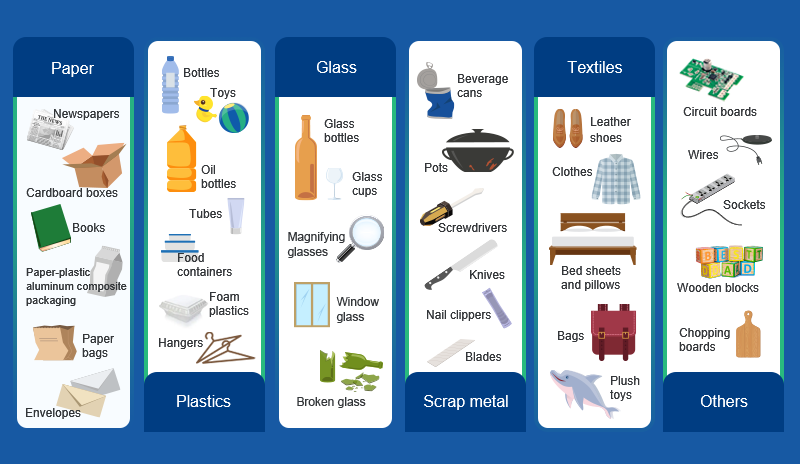
Why Biodigesters Are a Misstep for Type 2 Waste
While widely promoted as “green” technology, biodigesters are a poor fit for managing fresh manure, especially in small-scale and rural settings.
Low Efficiency, High Risk
- In the case of pigs, less than 5.5% of fecal matter is converted into biogas (Biogas as Fuel), and this biogas typically contains 30–50% carbon dioxide (Project and Leakage Emissions from Anaerobic Digesters).
- Even under ideal conditions, fugitive methane emissions can reach 3.1%, while poorly designed or maintained digesters frequently leak gas at much higher rates.
- Vietnamese studies document structural failures such as cracks in dome caps and faulty gas valves, contributing to uncontrolled emissions (Thien Thu et al. 2012; Vu et al. 2012b).
- Gas lines and storage tanks also leak, and total fugitive losses in Vietnam are estimated to exceed 40% of total biogas produced (Small-scale Household Biogas Digesters: An Option for Global Warming Mitigation or a Potential Climate Bomb?).
Mismatch Between Production and Demand
- Biogas production is inconsistent, depending on temperature and the age and number of animals. Often, more gas is produced than can be used, leading to venting or flaring, which contributes further to emissions.
- In southern Vietnam, up to 36% of biogas is intentionally released, simply because it is not needed at the time of production.
Water Waste and Groundwater Contamination
Biodigesters require enormous volumes of water to flush waste—between 25 and 80 liters per pig per day, and up to 200 liters per dairy cow (Vanotti et al. 2002; Juantorene et al. 2000; Dairy Manure Flush).
In Vietnam, where groundwater contamination with arsenic is widespread, this creates a serious health risk and intensifies water scarcity.
Biodigesters Amid Vietnam’s Water Crisis
Biodigesters exacerbate Vietnam’s ongoing water stress, particularly in the Mekong Delta and Central Highlands, regions repeatedly struck by record droughts, salinization, and crop failures.
- In 2016, Vietnam experienced its worst drought in 90 years, causing $669 million in agricultural losses.
- By 2020, the government warned that 362,000 hectares of rice and 136,000 hectares of fruit trees would be affected by drought and salinity.
- In 2023–2024, annual crop losses due to saltwater intrusion were estimated at $3 billion.
- As of 2024, the Central Highlands is undergoing extreme drought, forcing farmers to drill wells and dig lakebeds for emergency irrigation.
In this context, using precious clean water to flush manure into biodigesters that return little energy, emit significant greenhouse gases, and leave behind untreatable sludge is neither sustainable nor responsible.
A Better Alternative: BSF Larvae and Vermicomposting
Instead of composting or biodigestion, Type 2 waste should be transformed through bioconversion by BSF larvae and red worms, producing:
- High-quality protein for animal feed
- Premium-grade vermicompost for soil regeneration
- Minimal GHG emissions
- No reliance on water-intensive flushing
This Level 2 solution offers environmental, economic, and social advantages unmatched by conventional waste treatments. It turns pollution into products, reduces pressure on water systems, and creates scalable opportunities for green entrepreneurship and circular agriculture.
Author : Asean Farmers Team


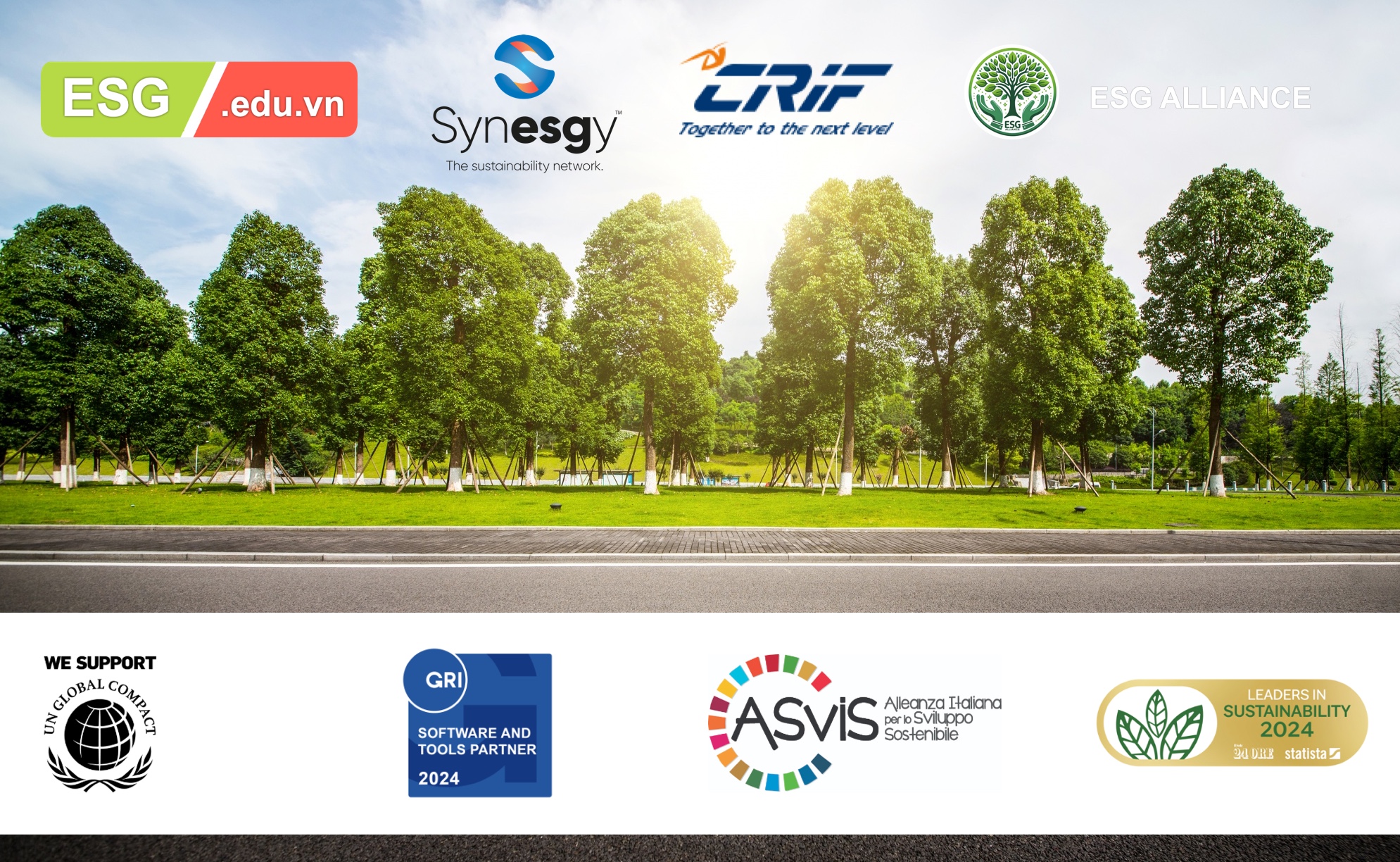







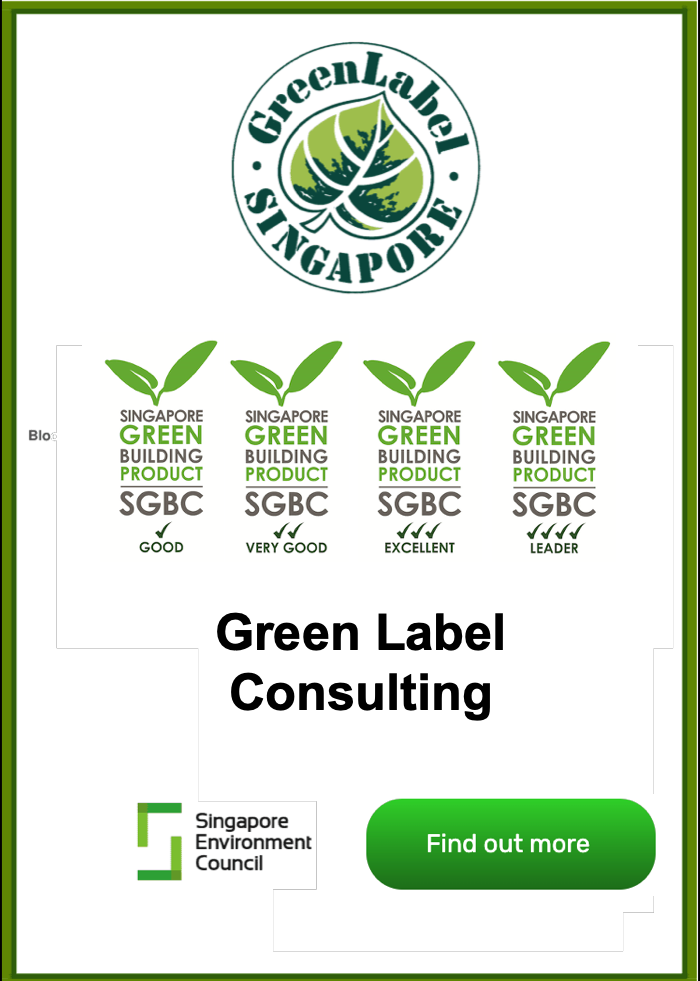
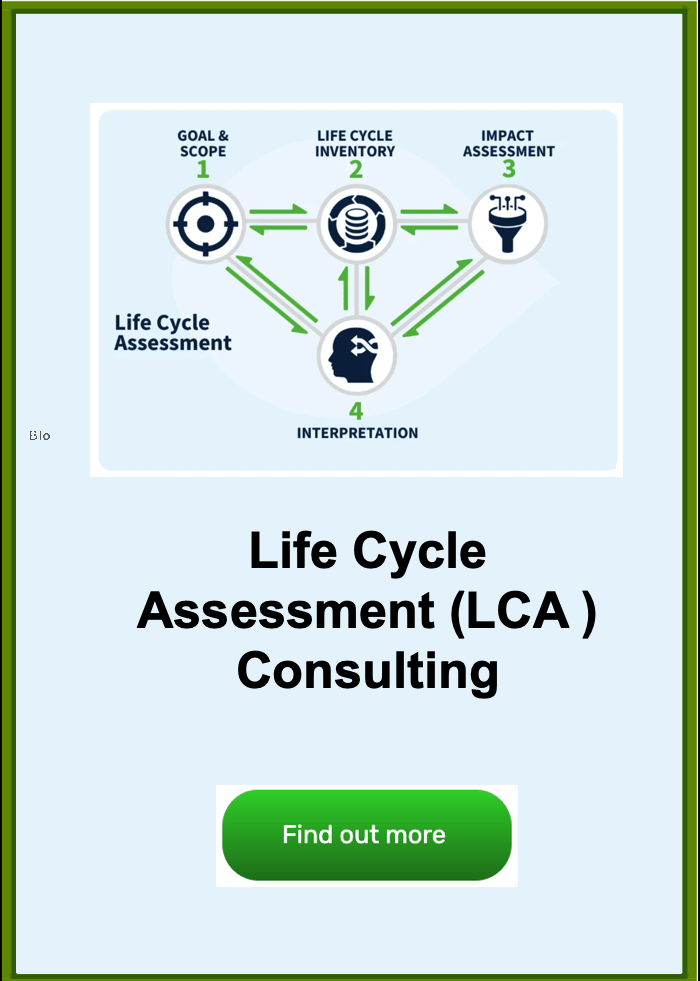
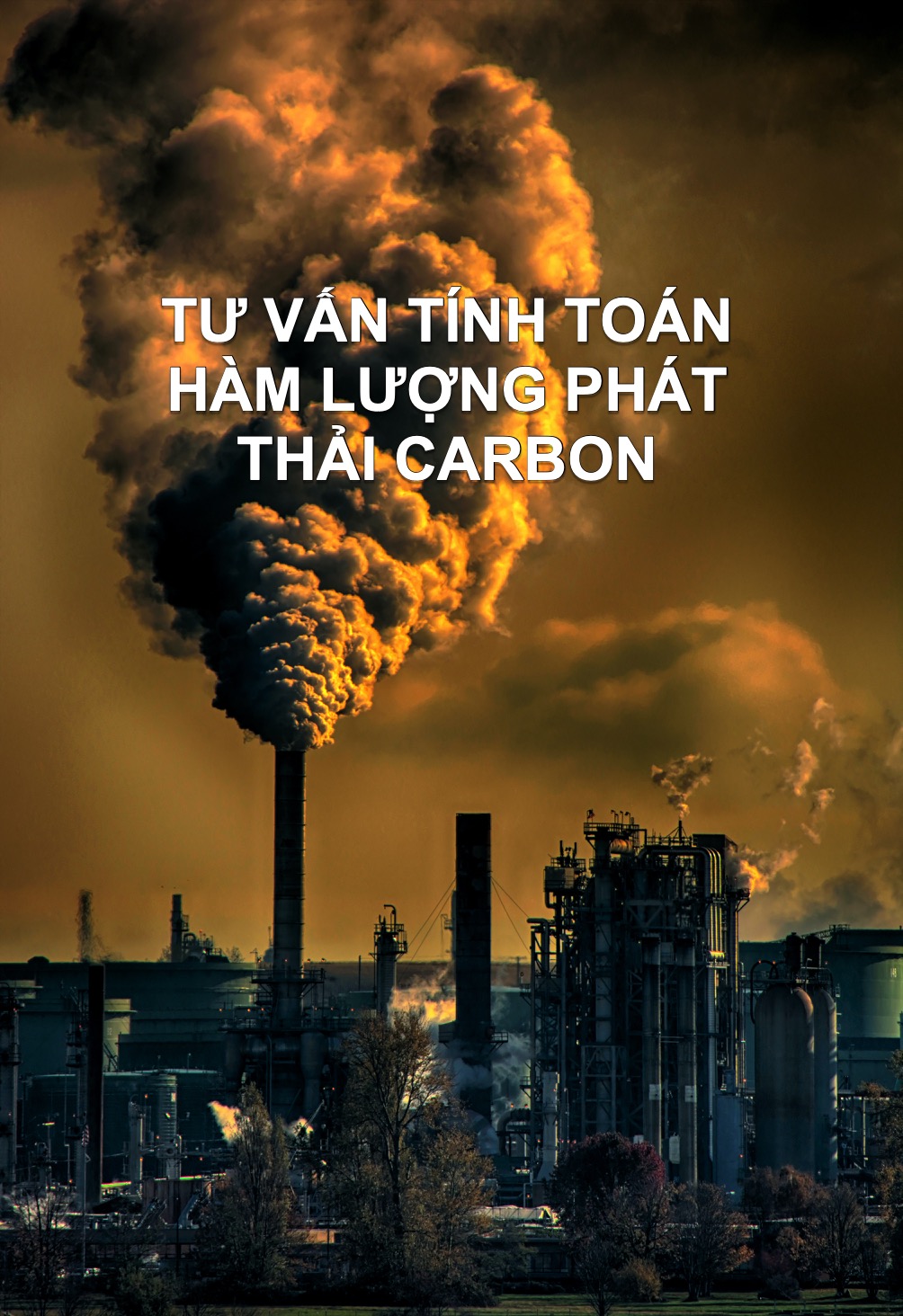
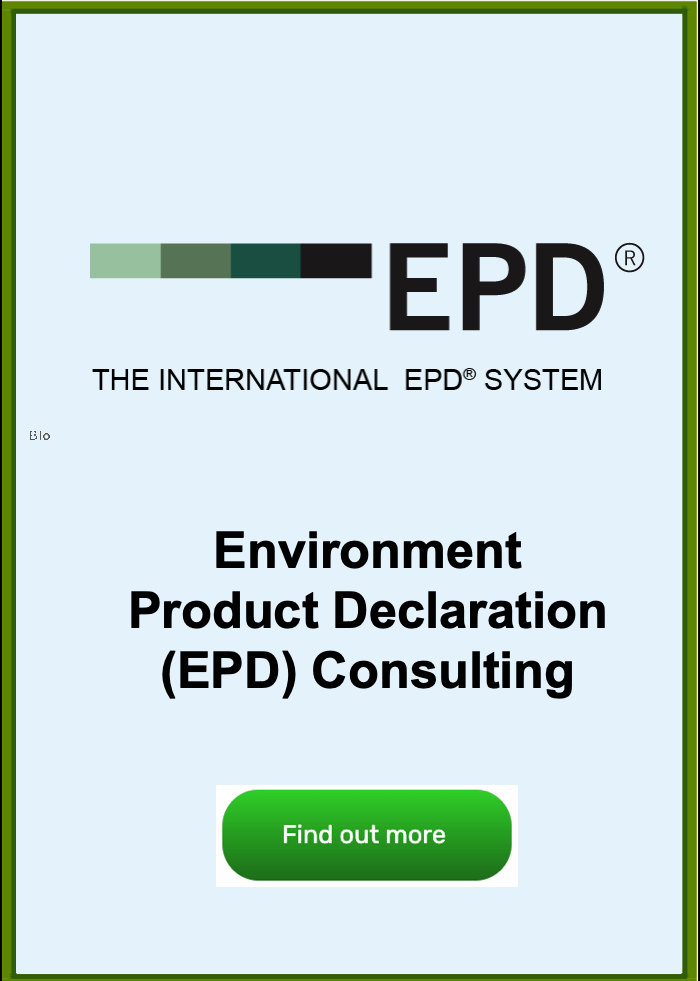
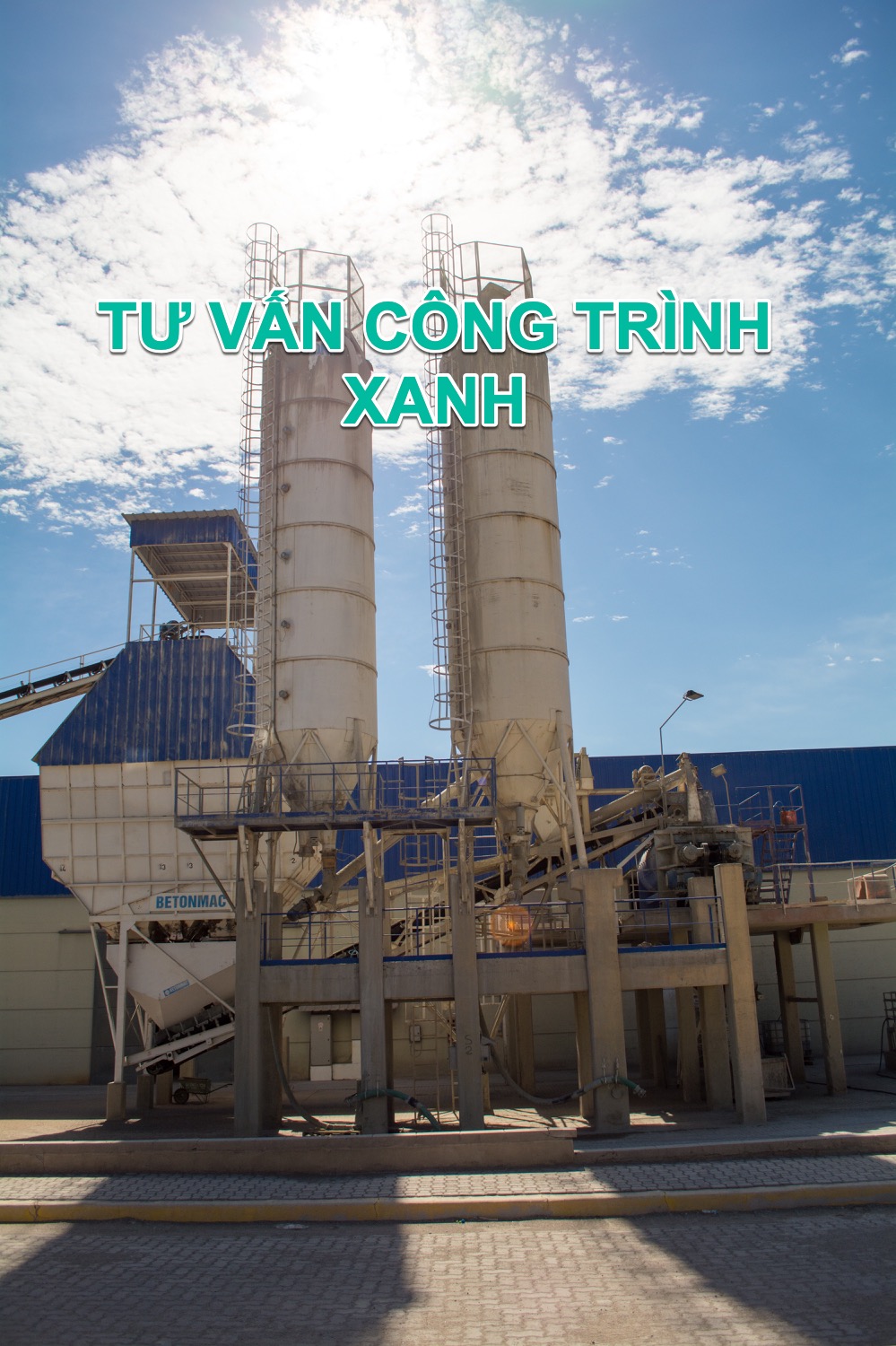
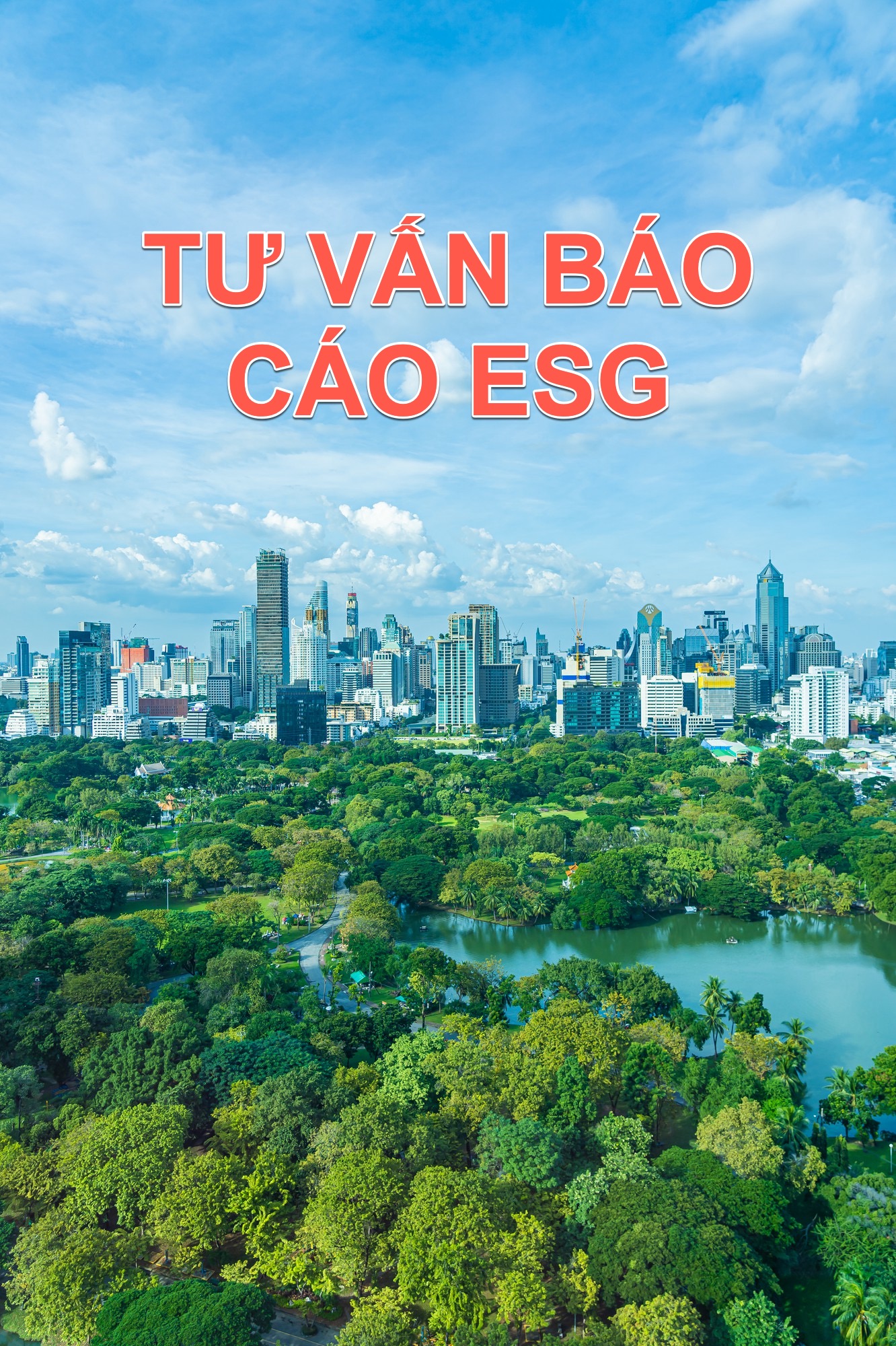
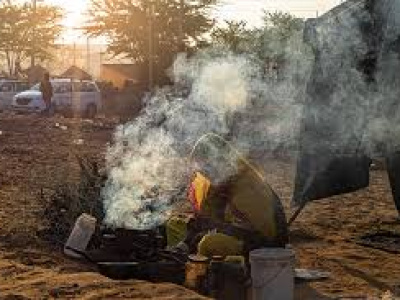
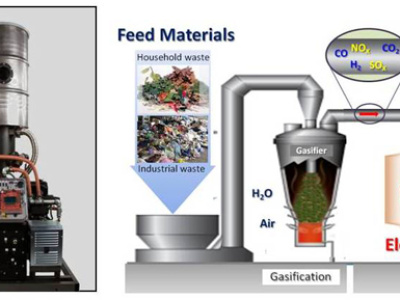
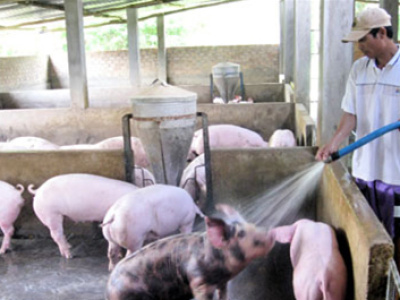
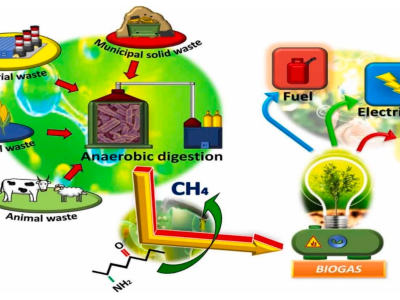
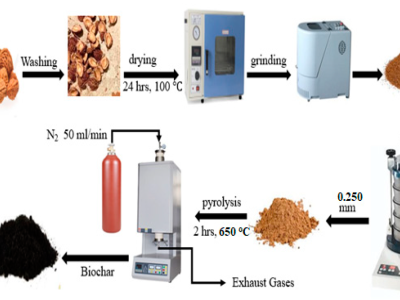
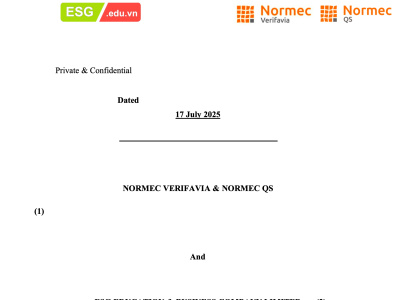
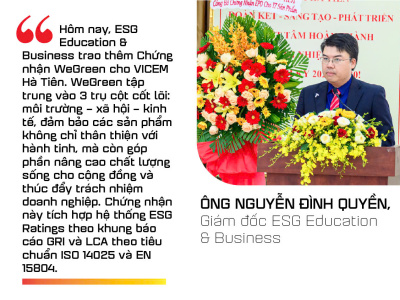
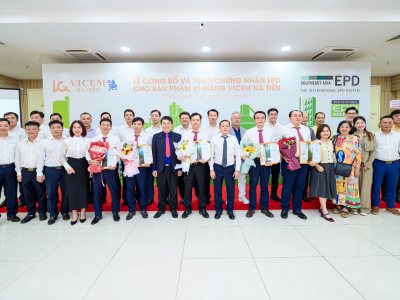
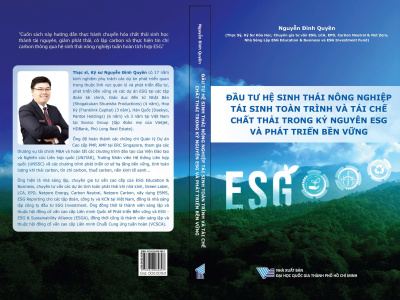
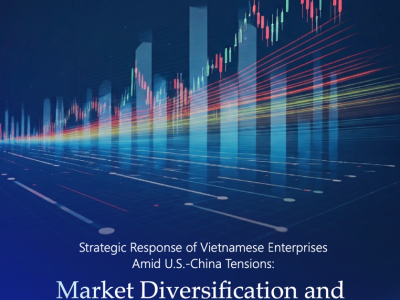
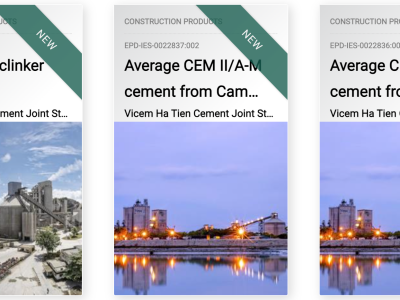
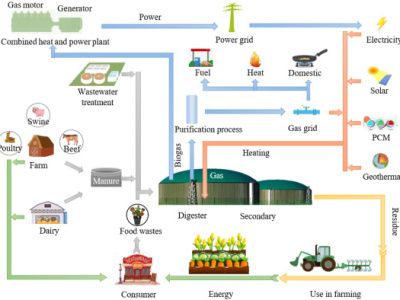
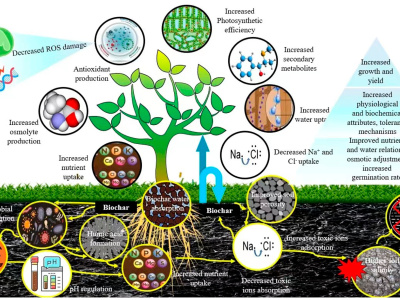
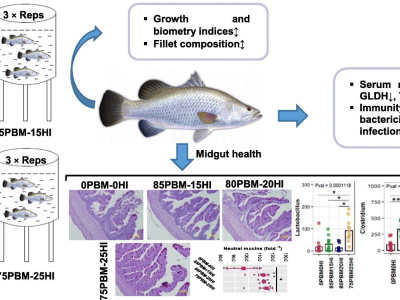
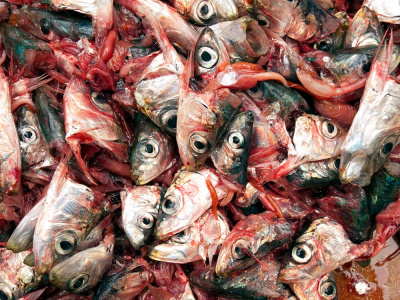
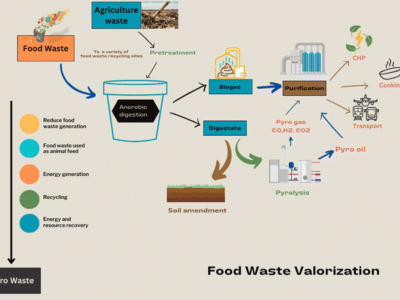
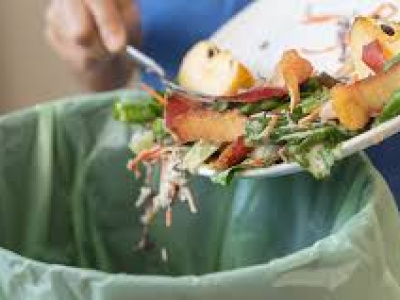
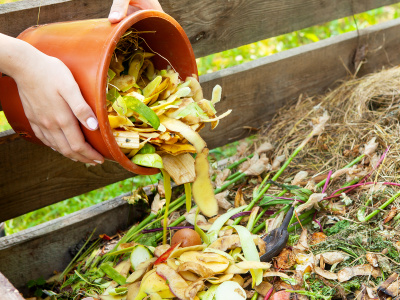
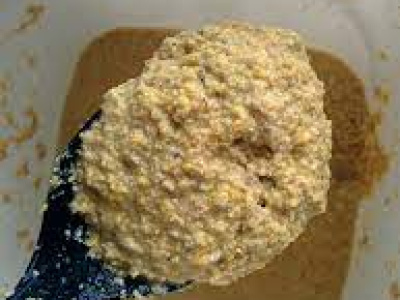
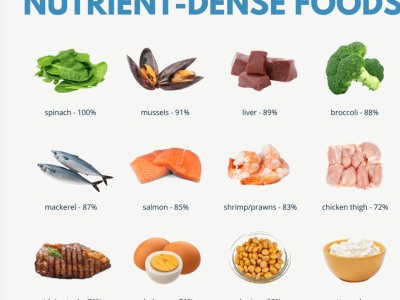
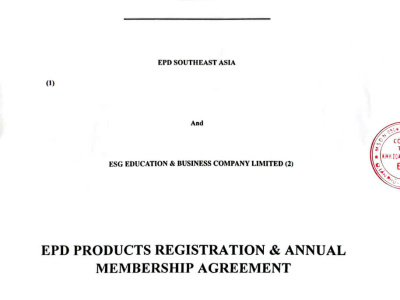
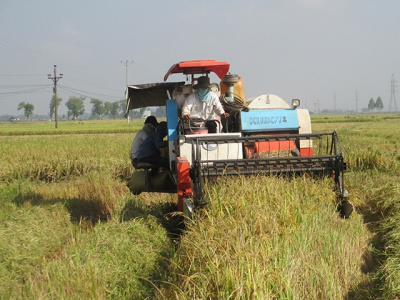
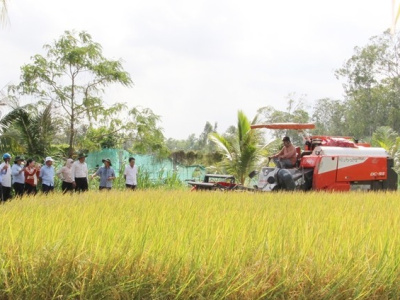
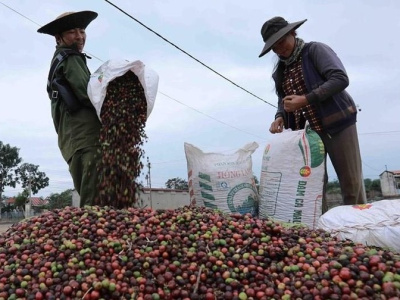
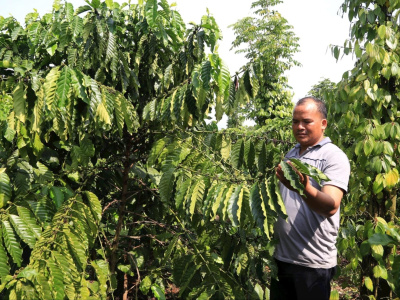
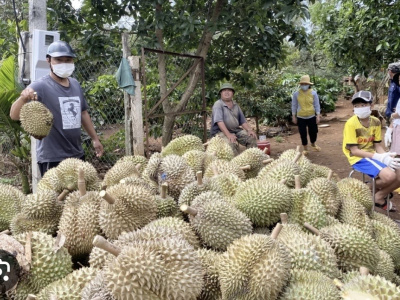
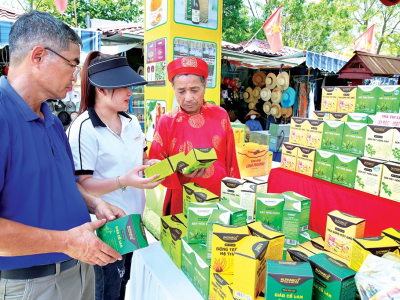
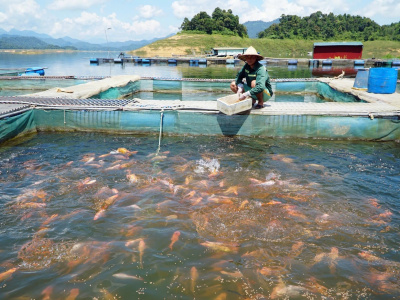
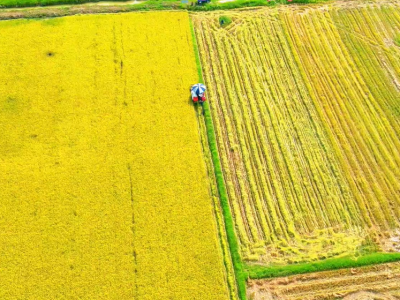
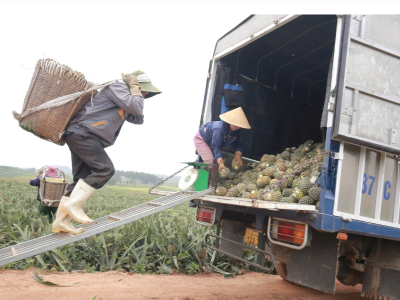
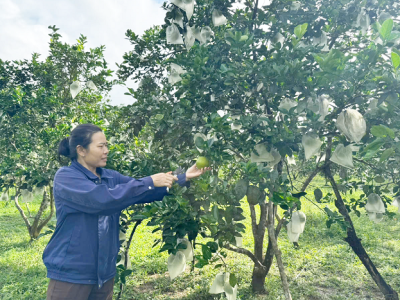
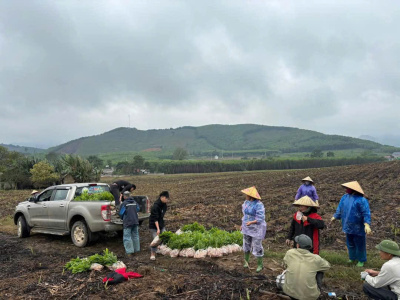
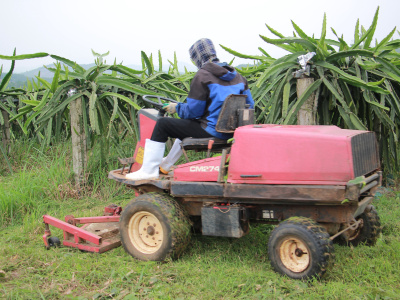
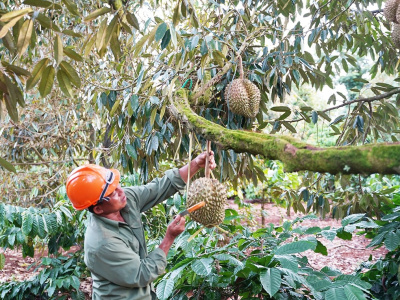
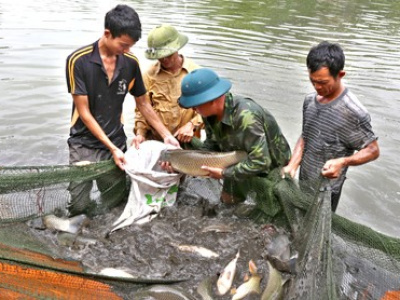
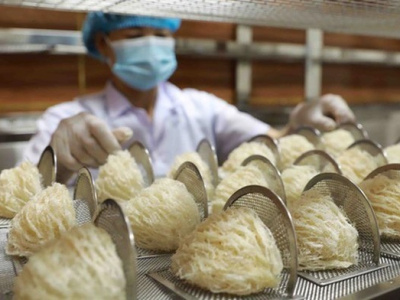
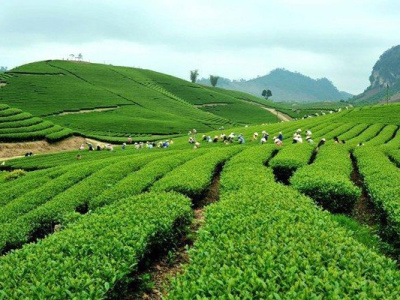
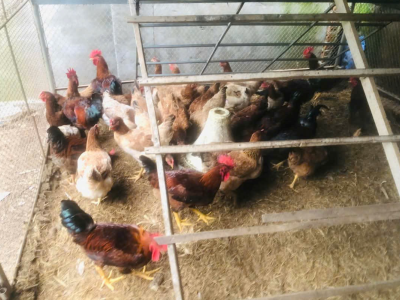
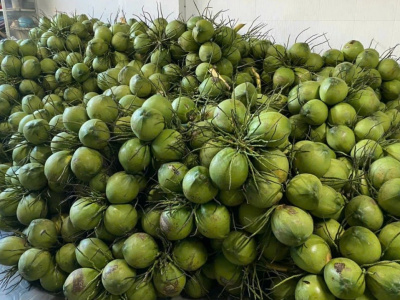
![NGUYỄN ĐÌNH QUYỀN [VN]](https://aseanfarmers.com/wp-content/uploads/NGUYEN-DINH-QUYEN-VN-400x300.png)
